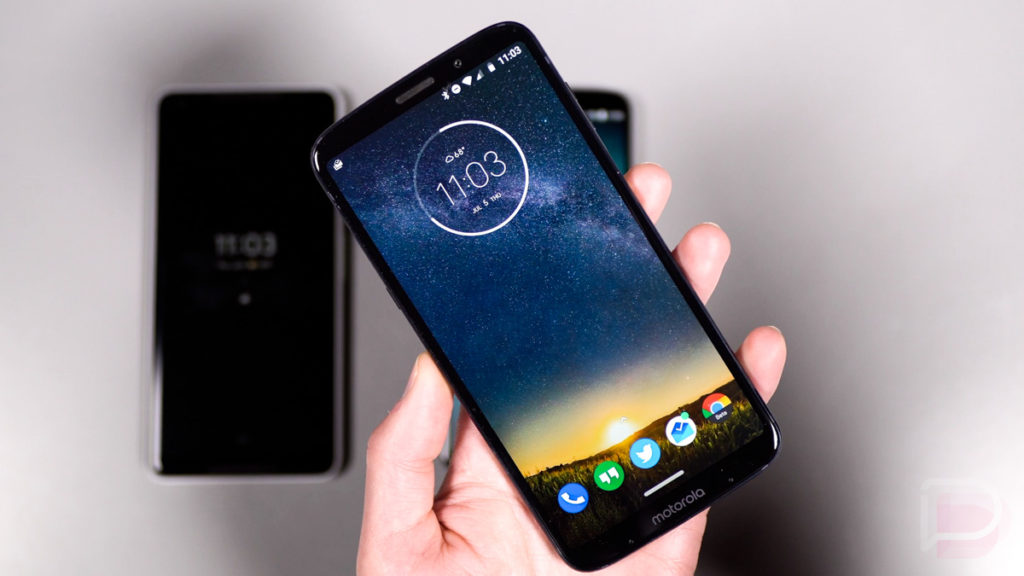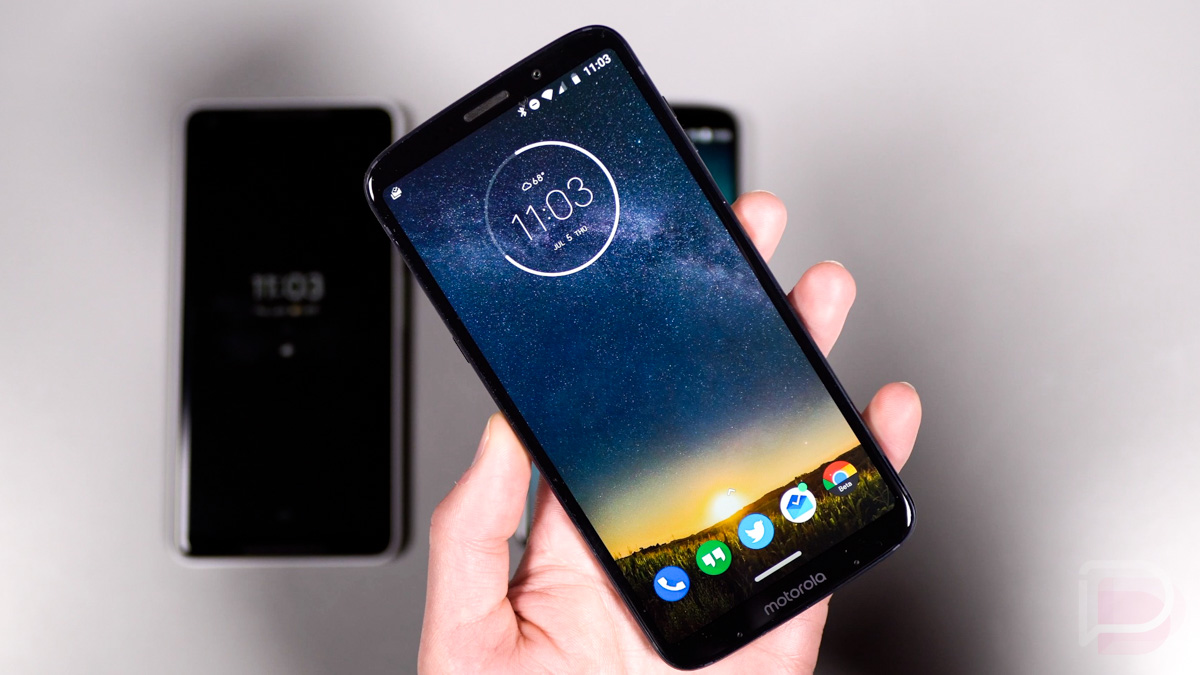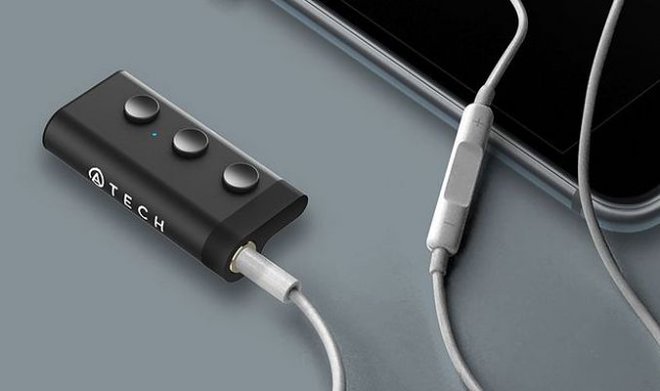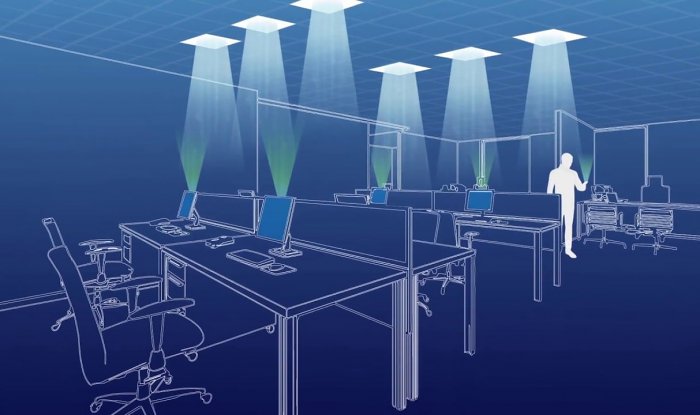Motorola has long been at the forefront of smartphone technology, offering innovative features to enhance the user experience. Among these features, hand gestures have emerged as a convenient and intuitive way to interact with your Motorola Android device. By simply waving, tapping, or twisting your hand, you can control various functions without physically touching the screen. In this article, we will explore the best hand gestures available on Motorola Android devices, how to use them effectively, and the benefits they bring to users.

Google’s progress far from Android’s customary three-catch route toward the change to the signals on the Pixel 3 was somewhat unpleasant. Google is by all accounts making sense of things and improving the Pixel’s motions for Android Q, however different organizations have just thought of better methodologies. Motorola has presumably nailed it the best up until this point.
You probably won’t believe there’s a valid justification to make the move to signals; it doesn’t really add to the experience of utilizing your gadget or make anything simpler. Yet, in any event for Motorola’s situation, it bodes well, is anything but difficult to recall, and is steady. (As Google’s isn’t; now and then despite everything I neglected to pull up the application cabinet with a swipe on my Pixel 3 XL.) Here are the means by which our Moto’s motions an attempt:
- To start with, empower the one-catch route from the Moto application.
Out of the crate, the Moto G7 and Motorola’s other late telephones accompany the typical three virtual catches. To utilize the signal route rather, simply open the Moto application that comes pre-introduced on your telephone and switch on the one-catch route. When you do, you’ll be guided through a fast instructional exercise of all the swipe activities and what they do.
- To return home, tap the bar at the base of the screen.
This present one’s surely the most effortless. The route bar is the place the home symbol would typically show up, so it bodes well that tapping it once does precisely what the home symbol would do.
- Draw up from any place on the home screen to get to your rundown of applications.
This is one unpretentious touch I truly like. In the event that you need to get appropriate to the application cabinet and skip Android 9 Pie’s performing multiple tasks menu, simply swipe upward from any place on the home screen that isn’t the virtual bar. It’s a lot simpler motion than swiping more distance up for the cabinet, which is the thing that you must do on a Pixel.
- Complete a short swipe up from the virtual bar to enter performing multiple tasks.
In the event that you need a review of applications you’ve opened as of late, simply swipe up and you’ll be taken to the Android 9 Pie application switcher. Keep in mind that content can be reordered between these performing various tasks review windows.
Conclusion:
In conclusion, Motorola’s hand gesture features offer a delightful and efficient user experience. These gestures add a new dimension of convenience, allowing users to interact with their Android devices without the need for physical touch. From quickly accessing notifications with Active Display to capturing photos instantly using Quick Capture, Motorola’s hand gestures elevate the smartphone experience to new heights. With innovations like One Button Nav and Flip for Do Not Disturb, Motorola continues to redefine user interaction, making its Android devices stand out in the competitive smartphone market. Embrace the power of hand gestures and unlock the full potential of your Motorola Android device.





Hjnfud
buy ondansetron paypal – cheap zocor 20mg buy zocor 10mg generic